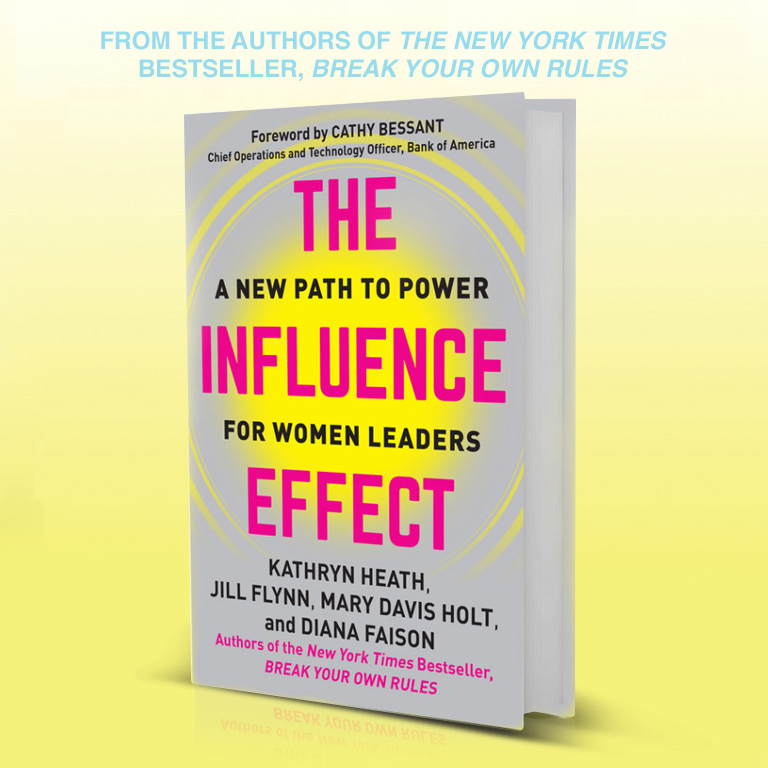I'm honored to share a guest post from Sunnie Giles author of the new book The New Science of Radical Innovation - The Six Competencies Leaders Need to Win in a Complex World. Her insights and big-picture thinking focusing on the complexity around us is fascinating.
According to complex systems theory, differentiation increases positive (internal) complexity. By allowing more variation, each differentiated agent in a system can make different connections with other agents and systems, which adds more variety and strength to the quality of connection. This additional connection increases the probability of natural selection and evolution because the organism’s variations (i.e., mutations) facilitate better adaptation to the environment. Complexity increases when differentiated parts are connected. This increased internal complexity, in turn, enables an organism to respond even more effectively to unexpected challenges from the environment and increases its chances of survival.
My church choir provides a simple example of how differentiation increases complexity. When we learn a new song, the soprano, alto, tenor, and bass voices practice their parts by themselves. When each part is sung in unison, the resulting music doesn’t sound very rich or complex. When the four parts are finally combined, they produce a rich tapestry of beautiful, complex music.
Let’s take another example. Fruit flies and humans share 60 percent of their DNA—a surprisingly high number. One would be right to question how the remaining 40 percent could account for the much higher complexity of humans. The key is in the number of interactions in many-to-many networks among the genes. Humans have about twenty-five thousand unique genes; fruit flies, about fourteen thousand. The number of protein interactions among the genes in humans is about 650,000—ten times as many as that of fruit flies. Each additional differentiated gene produces exponential growth in the number of genetic interactions. The network effect, which we discussed in chapter 2, resulting from the interaction among genes explains how a small difference in the number of genes can create an enormous difference in the complexity level between humans and fruit flies. The same pattern of exponential growth we see in the relationship between the number of genes and the gene interactions.
The highest level of internal complexity can be achieved by developing optimal differentiation, connecting the differentiated parts, and replicating that connection on multiple levels. If you have just undifferentiated parts, there is nothing to integrate, which results in suboptimal complexity. Once the foundation of safety is in place, Quantum Leaders facilitate differentiation in each of their team members, as well as the whole team as a unit, maximizing each member’s unique talents, skills, and perspectives.
Differentiation is so important to the optimal functioning of the human race that a differentiation mechanism is inherently built into the human development phase—it’s called pruning, and it takes place in the teenage brain. At birth, neuronal synapses in a child’s brain are more numerous than in an adult’s. Synapses multiply rapidly during childhood, soaking up knowledge like a sponge. This is why it’s much easier for children to learn foreign languages, musical instruments, and sports. As a child matures into a teenager, the brain prunes away underutilized synapses, so the synapses used most often can work more efficiently. The long body of the retained neurons get myelinated in a myelin sheath, which accelerates the conduction speed of the ions between neurons a hundredfold. This increased speed is made possible through the process of saltatory conduction, in which ions jump between nodes instead of steadily traveling along the axonal length of the neuron. In addition, myelination accelerates the resting period between neuronal firings—the refractory period—thirtyfold. The combination of these functions makes pruned synapses three thousand times more efficient than unpruned ones.
The pruning process produces unique patterns of neuronal synapses manifested into unique strengths and talents. This evolutionary mechanism highlights the importance of differentiating individuation before integrating with another differentiated person (e.g., a spouse or a team). Once parts are fully differentiated, connecting differentiated parts and replicating these connections to the next level (in this case, raising the next generation of children or leaders) increases internal complexity. All complex systems strive to increase internal complexity by nature because higher complexity means better chances of natural selection.
About Dr. Sunnie Giles:
Dr. Sunnie Giles is a new generation expert who catalyzes organizations to produce radical innovation by harnessing volatility, uncertainty, complexity, and ambiguity (VUCA).
Her research reveals that applying concepts from neuroscience, complex systems approach, and quantum mechanics can produce radical innovation consistently. Her expertise is based on years as an executive with Accenture, IBM and Samsung. Her profound, science-backed insight is encapsulated in her leadership development program, Quantum Leadership.
An advisor to the Stanford University Graduate School of Business, she also is a sought-after speaker and expert source, having been quoted in Harvard Business Review, Entrepreneur, Fast Company, Forbes, and Inc.
Dr. Giles’ latest book, The New Science of Radical Innovation, provides a clear process for radical innovation that produces 10x improvements and has been endorsed prominent industry leaders such as Jonathan Rosenberg, Daniel Pink, Marshall Goldsmith and Sean Covey.








